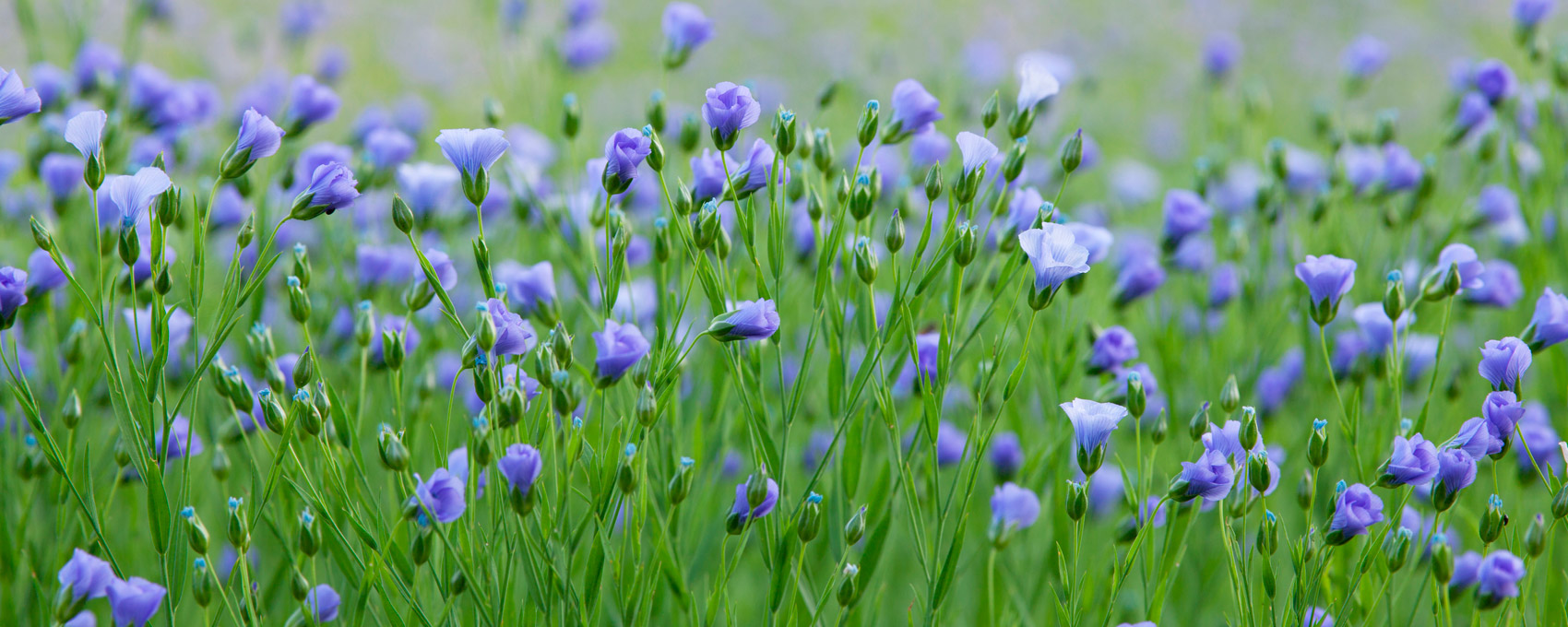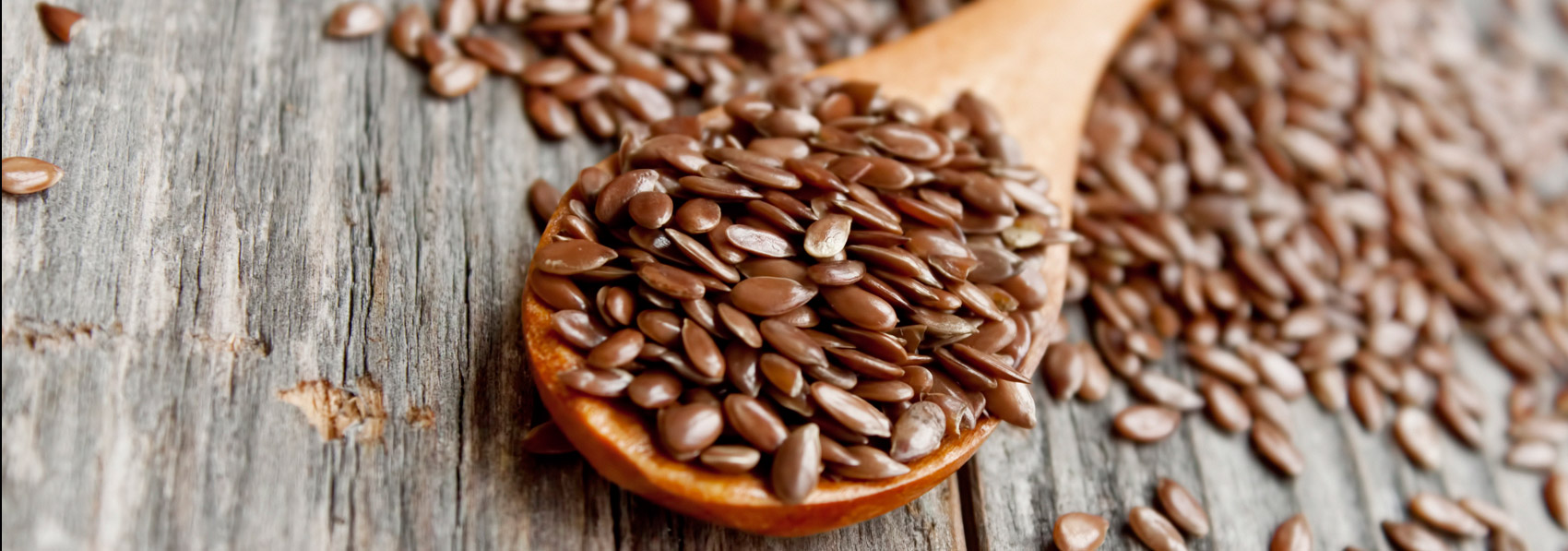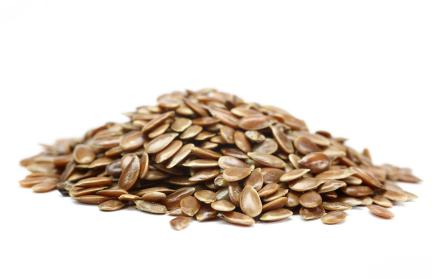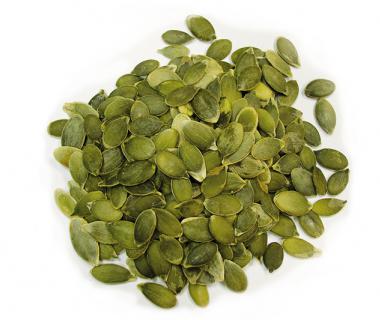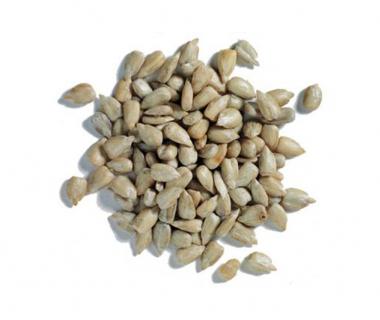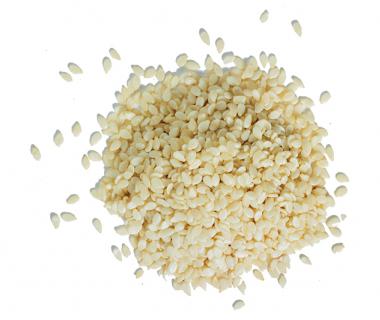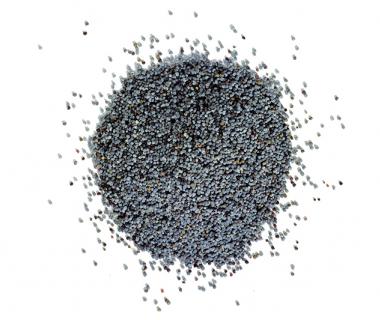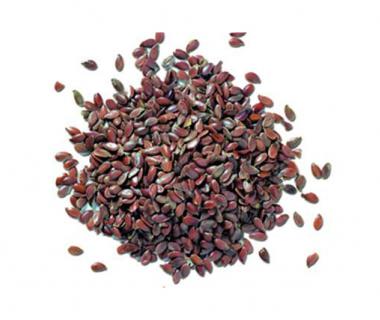Lineseed
Linseed is an annual seed oil plant with a height of 20-100 centimeters and is easy on the soil. For good fiber growth and flowering, however, long-term conditions are required. The plant, also called seed-flax or flax, flowers from June-August. The fruit stems stand upright and carry 7-9 mm long, five-fold capsules, which contain two flattened, egg-shaped seeds in each compartment. The colour of the seed varies from light yellow to dark brown with a glossy, smooth surface.
As an ancient cultivated plant, linen was cultivated more than 9,000 years ago in Mesopotamia. In Egypt, over 6,000 year old linen fabrics were found. In the case of the many varieties of seed flax or flax, one distinguishes according to their main use in fiber flax and oil flax. The Latin name ‘usitatissimu’ means ‘useful’ and indicates its multiple uses as flax fiber, oil and seeds. The word ‘flax’ derives from weaving. Flax is grown today in various countries of origin - Canada, China, the US and India are the main growing areas, but also Ethiopia, Argentina, Bangladesh, Great Britain, France, Russia, Ukraine and Egypt produce flax. Canadian linseed fell into disrepute in Germany in 2009 because of the use of the genetically modified strain ‘Triffid’. Since then, the Canadian Association has endeavoured to limit damage and only non-GMO goods are imported.
The oil content of linseed is 30-44%, the main fatty acid is about 60% polyunsaturated linolenic acid. Thus, the content of omega-3 fatty acids in linseed oil is the highest of all vegetable oils. Also, the amount of important amino acids lysine, methionine and tryptophan is high in flaxseed.
The long fiber extracted from the stems of the plant is made into linen in the textile industry. The seed is mostly used for oil production. Flax oil is used to produce paints, varnishes, oilcloths, linoleum and much more. Linseed oil is also a high-quality edible oil. A small part of the harvest is used for baked goods, cereals and health food.

